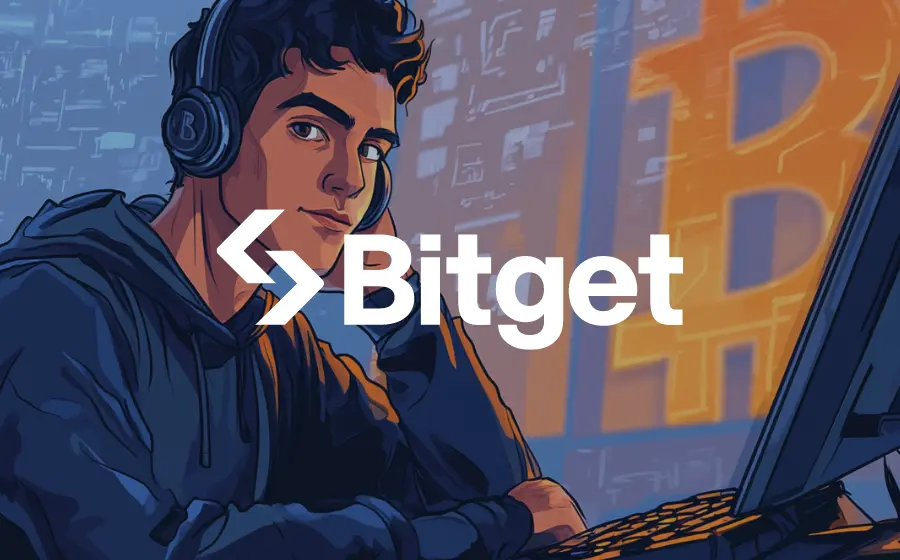
KEYTAKEAWAYS
-
Bitcoin and major altcoins trade sideways as traders show caution before the Fed meeting, reflecting fear and fading market enthusiasm.
-
Liquidity dries up, volatility falls, and investor apathy grows, signaling the crypto market may face a major breakout soon.
-
Despite Google’s quantum breakthrough, traders remain unmoved, showing weak confidence and a lack of new narratives in crypto markets.

CONTENT

After entering late October, the crypto market kept its choppy pattern. In the Thursday Asia session, Bitcoin (BTC) traded stably around $109,000, with intraday moves under 1%. Since the sharp drop on October 10, BTC has stayed in a narrow range for weeks and has not escaped a weak structure.
That selloff wiped out more than $19 billion in leveraged positions. It hit short-term longs and hurt risk appetite. Several rebound attempts since then failed, as selling pressure quickly capped gains. The market is in a classic “sell-the-rally” mode—each small bounce becomes an exit.
Major altcoins also lack momentum. Ethereum (ETH) hovers near $3,850. Solana (SOL), XRP, and Cardano (ADA) all moved less than 1% intraday. Total crypto market cap stays near $4.2 trillion, while trading volume is down more than 30% from September.
On-chain activity is lower too. Net BTC outflows from exchanges are at yearly lows. Average daily on-chain transfers fell about 18% from the start of the month. Participation is clearly down.
INVESTOR SENTIMENT: FEAR DOMINATES, APATHY REPLACES GREED
The Fear & Greed Index fell to 25, just above “extreme fear.” Investors have little faith in short-term rebounds and prefer to cut risk.
In derivatives, open interest is down about 20% from early October peaks, and leverage use is lower. Option implied volatility (IV) keeps falling and sits near 35%, a year-to-date low. The market expects small future moves. Speculative demand is weak.
An independent analyst notes: “The biggest risk now is not panic, but apathy. Traders react less to any news. This kind of numbness often appears before a trend shift.”
Technically, Bitcoin is trapped between the 50-day and 200-day moving averages. History shows that long stays in this band often come before a new trend move. FxPro’s chief analyst Alex Kuptsikevich says: “Price is storing energy. Either bulls lose patience, or bears lose confidence.”
MACRO BACKDROP: FED MEETING NEARS, POLICY UNCERTAINTY RISES
Macro factors also drive caution. The Federal Reserve will announce its decision on October 29. Markets think rates will stay unchanged, but the balance between inflation and growth is not clear.
Recent U.S. data show core CPI up 0.3% month-on-month, and the labor market still tight. This splits views on a dovish turn by year-end. The 10-year U.S. Treasury yield holds near 4.6%, and the dollar stays firm. A high-rate setting pressures risk assets like Bitcoin.
In Asia, rules are clearer but flows are slow. Hong Kong’s virtual asset regime is live, yet new capital is below hopes. Retail volumes in Korea and Japan are down over 40% since the start of the year. Tight liquidity is a key reason for the range-bound market.
Many strategists say we are in a “high-rate risk-suppression” state. Without a clear easing signal from the Fed, money is unlikely to return to crypto in size.
NARRATIVE FATIGUE: QUANTUM COMPUTING AND A CRISIS OF BELIEF
Tech news should spark interest, but not now. Google said its “Willow” quantum chip achieved quantum advantage, beating classic supercomputers on certain tasks. This briefly raised worries about Bitcoin’s cryptographic security.
In theory, quantum computers could break the ECDSA scheme used by Bitcoin. But experts mostly see this as far away. Hardware today is far from the power needed to threaten Bitcoin. It may take decades.
The market reaction confirms this view—Bitcoin barely moved on the news. Traders now respond weakly to “new narratives.” Whether AI, RWA (real-world assets), or Web3, story cycles are shorter, and market imagination is shrinking.
For a market driven by narrative and sentiment, this apathy may be the most bearish signal. Without new stories and expectations, prices lack reasons to trend higher.
Conclusion: Calm on the surface, but undercurrents remain
October is usually a strong month for Bitcoin, but this year is different. If price cannot break key levels by month-end (resistance near $111,000, support near $105,000), investors should prepare for a longer consolidation.
Apathy is eating the market’s speculative spirit. The real crisis is not falling prices, but fading confidence.
When investors stop telling stories and stop expecting change, volatility and vitality fade together. In the coming weeks, the Fed’s signal, macro data, and liquidity will decide when this silence ends.















